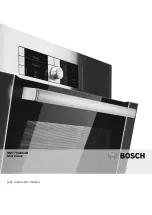
- 9 -
• Changing the acoustic properties of the space
around the microphone is our recommended initial
approach for obtaining best sound quality.
Remember you cannot change a room’s acoustic
properties with EQ.
When the preferred sound has been achieved
(as above) then EQ and effects such as reverb
or indeed any signal processing can be used for
enhancement, but should be used sparingly.
• When used as a vocal mic, the NT3 will be
potentially subject to moisture, which should be
avoided when using condenser microphones. We
recommend the use of the included windshield
to minimise any moisture build up. This will also
minimise plosive sounds (hard ‘p’, ‘b’, ‘k’ and ‘t’
sounds) that can bottom-out the capsule causing a
popping sound.
• As a live vocal mic the NT3 offers studio-quality
sound in a stage environment, superior to
the sound quality achieved from a dynamic
microphone.






























